With the intention of strengthening the design of the Mexican Emissions Trading System (ETS), and in view of the upcoming launch of the ETS pilot phase in 2020, the project “Preparation of an Emissions Trading System in Mexico” (SiCEM) from GIZ continuously carries out capacity development activities for different actors –public and private– relevant to the design, implementation and operation of an ETS.
The ETS Academy Mexico –a three-day seminar that brought together international experts with officials from different Mexican Ministries and governmental institutions relevant to the development of an ETS– was organized to share best practices and lessons learned and facilitate the design of the ETS in Mexico.
The workshop took place on July 23rd, 24th and 25th, 2019 at Casa Lamm, in Mexico City. It was convened by the Ministry of Environment and Natural Resources (SEMARNAT), together with the World Bank’s Partnership for Market Readiness (PMR) and the project “Preparation of an Emissions Trading System in Mexico (SiCEM)” implemented by the Deutsche Gesellschaft für Internationale Zusammenarbeit (GIZ) on behalf of the German Federal Ministry of Environment (BMU), and with the support of the International Carbon Action Partnership (ICAP), an internationally recognized forum that brings together governments and public authorities that have established or are in the process of developing an ETS.
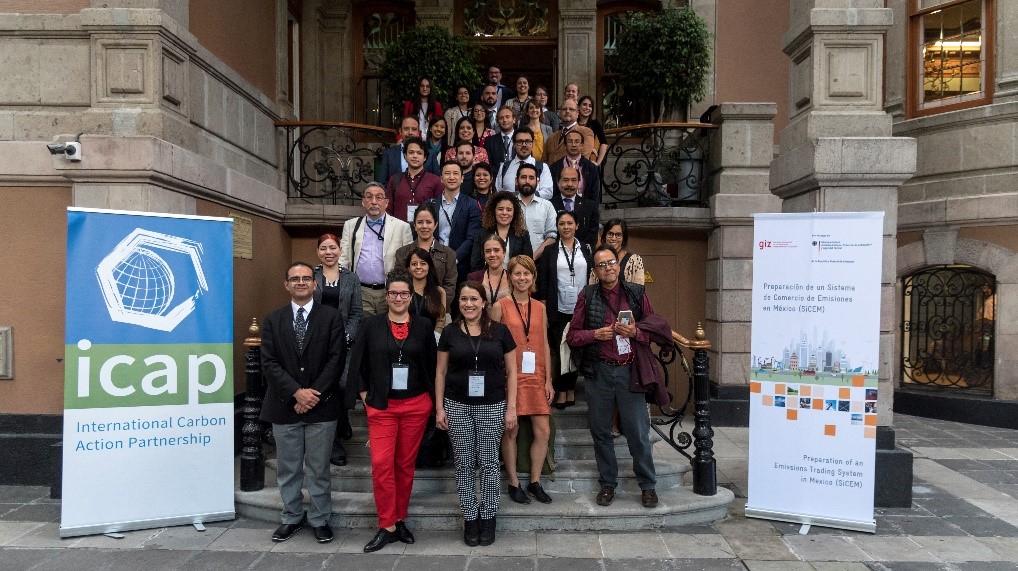
The course was attended by representatives of a variety of institutions, such as SEMARNAT, the National Forestry Commission (CONAFOR), the National Commission of Natural Protected Areas (CONANP), the Ministry of Finance and Public Credit (SHCP), the Ministry of Foreign Affairs (SRE), the Federal Attorney for Environmental Protection (PROFEPA), the National Commission for Regulatory Improvement (CONAMER), as well as Petroleos Mexicanos (PEMEX) and the Federal Electricity Commission (CFE).
In addition to theoretical sessions on different essential technical elements for an ETS, such as cap design, allocation alternatives, offset program design or Monitoring, Reporting and Verification (MRV) systems, international experts of jurisdictions such as California, Quebec, China, Ukraine and Germany shared their practical experiences, and lessons learned in the process, in order to facilitate the design, implementation and operation of the ETS in Mexico. Likewise, SEMARNAT presented the advances made so far in the design of secondary regulations of the Mexican ETS pilot phase.
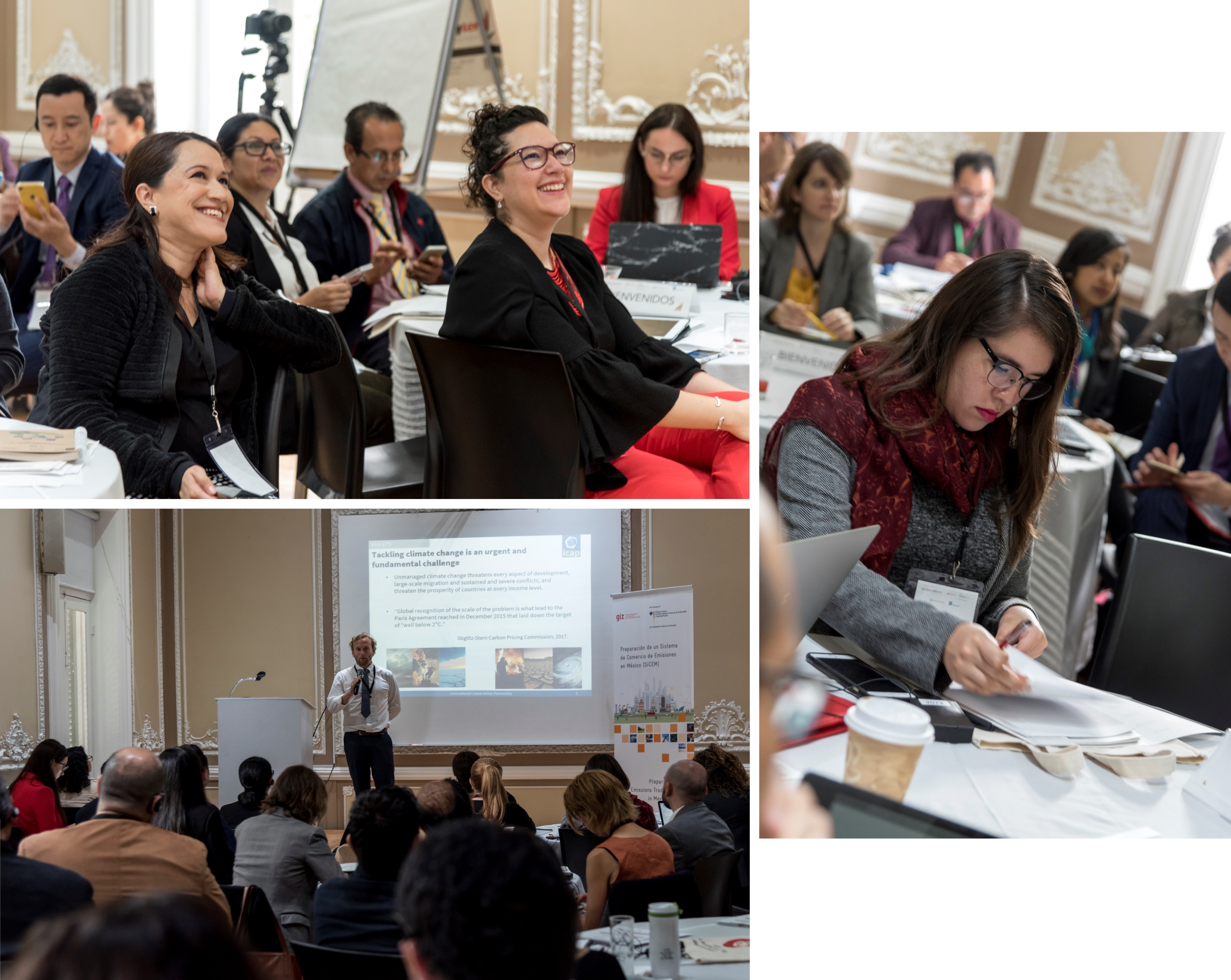
The course started with an overview of the role of ETS in Mexico and globally to accelerate climate action, always within a broader mix of climate policies. Highlighting the importance of this instrument to modify behavior and make structural changes towards a low carbon economy, the need for the design of the instrument to be robust and generate certainty to promote emission reduction was recognized. The relevance of having a diversity of actors in its design and implementation was also emphasized.
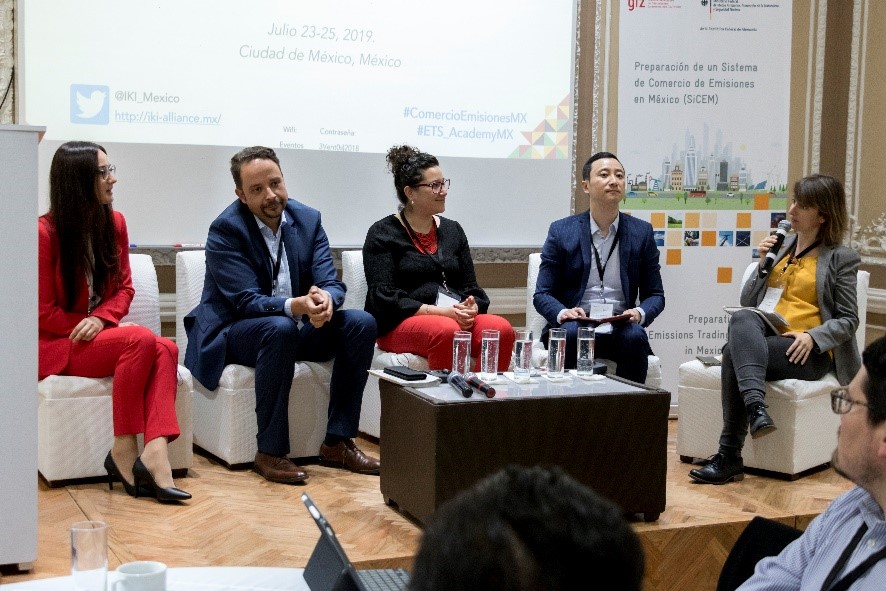
On the second day, everyone had the opportunity to learn more about the flexibility mechanisms in an ETS. After learning about the international experiences –including the Latin-American experience– in the development of compensation projects, an interactive session on different kinds of compensation projects was held.

Further discussion centered on carbon revenue generation through auctions, as well as on the socioeconomic benefits that revenue use has brought in other jurisdictions with an ETS in operation. For example, in different jurisdictions around the world carbon revenues are used to support communities and households vulnerable to the energy transition, foster clean technologies (energy efficiency, energy storage, electro-mobility, renewable energy), finance R&D in innovative low carbon technologies, etc. The day concluded with an interesting interactive activity that encouraged the convergence of positions regarding the design of an ETS, by inviting participants to take on the role of different actors (e.g. Presidency, Ministry of Economy, Ministry of Environment, Electrical Generators Association, Industries Association, Farmers Association, or environmental NGOs) and negotiate the different design elements.
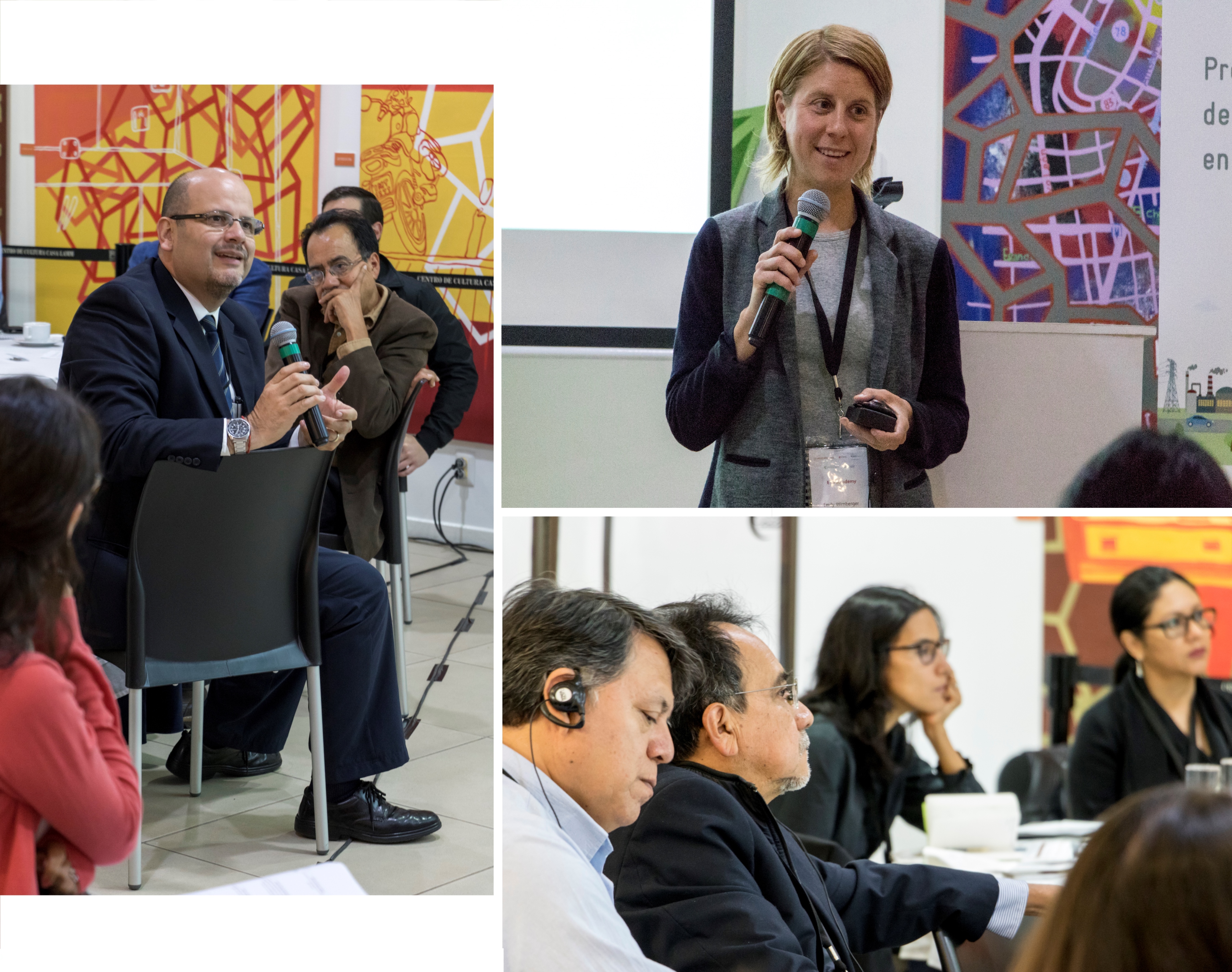
Finally, the third day focused on elements of MRV, governance and transparency in the ETS, highlighting the role of the Registry in warranting the environmental integrity of the System. The behavior of the allowance market was further discussed, including international experiences in its management and intervention mechanisms to maintain market stability, which is key for participating companies to achieve proper carbon management in their facilities.
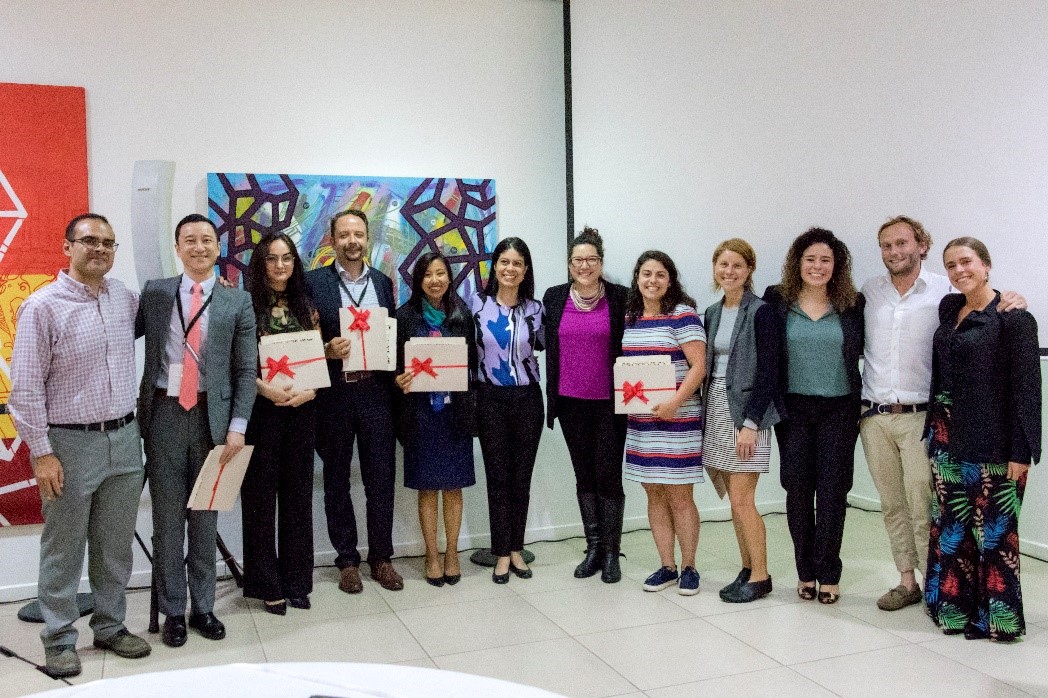
The following months prior to the implementation of the ETS pilot phase are key to developing capacities in the relevant actors, as well as to continue with the design of a strong and effective pilot phase. In the coming months, the capacity development efforts carried out, as well as additional technical studies to strengthen the design of the system, will continue to be presented on the “IKI-Alliance Mexico” blog.
For more information on this topic, please contact us at: Comercio.Emisiones-MX@giz.de
